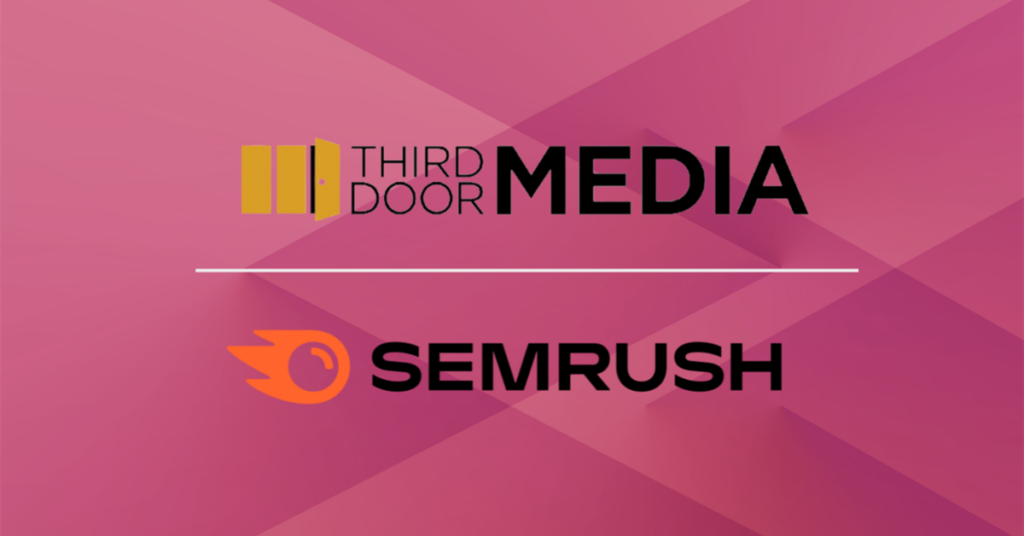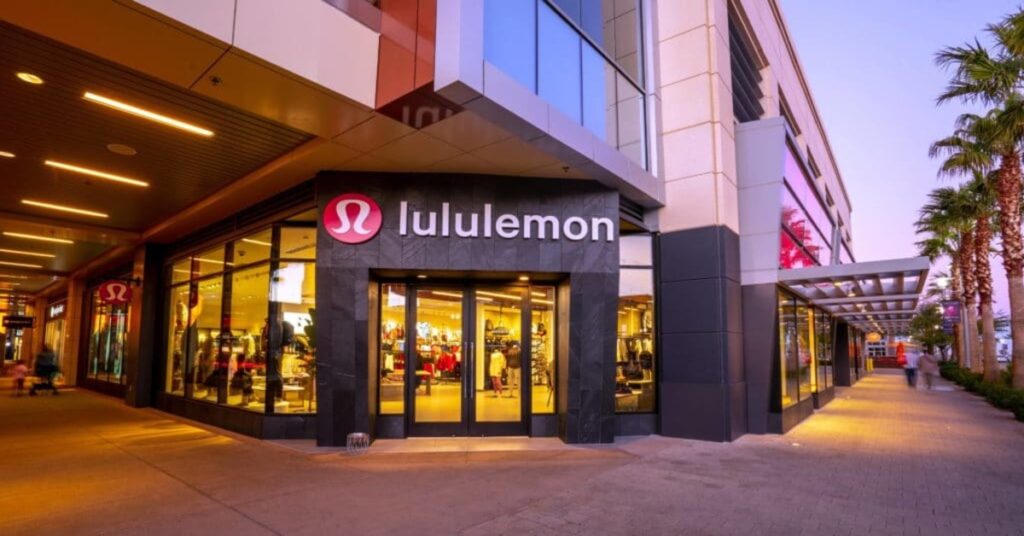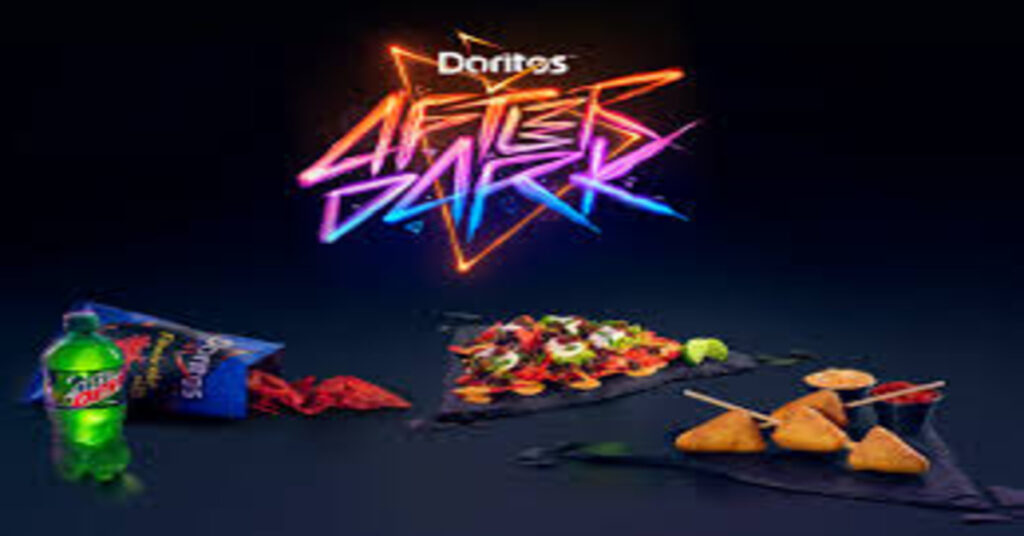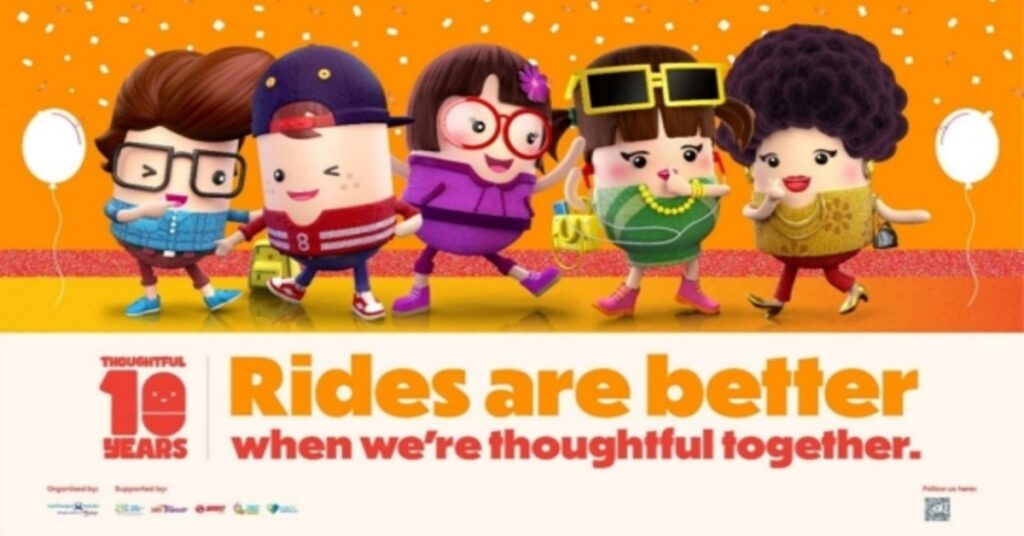Computer-generated imagery (CGI), ChatGPT, and other technological innovations have taken over the advertising world to empower brands on the digital town square – social media.
Surrealism is helping brands stand out in the social feed for users to take a minute and have a look. One great example is Maybelline. The cosmetic brand added eyelashes to Tube carriages and London buses in the digital world. On Instagram, Jacquemus shared super-sized renditions of its Le Bambino bag on wheels traveling on the streets of Paris.
These ads may be called “fake” or misleading, and are managed by the respective brands. The fake element is actually creativity to entice the modern users who eat, sleep, and breathe social media! CGI and virtual reality (VR) experiences have taken the brand to another level, a world of imagination and it’s appealing.

A Chance to Go Beyond
Moreover, its sustainable, environmentally friendly. Saddington Baynes, a London-based integrated production studio, compared the differences in environmental impact between the same number of automotive shoot productions versus CGI productions. When considering just the flight emissions of an average crew of ten people traveling from New York to Los Angeles to work on around 22 shoots, the result would be approximately 75 tons of CO2. In comparison, 22 CGI projects per year would generate 33 tons of CO2 emissions.
Saddington Baynes established that CGI is more than 50 percent more carbon-efficient. That’s only when factoring in airline travel. It said if the creation of prototypes as well as car transport, production vehicle emissions, catering, accommodation, and waste are also considered, that percentage difference is even higher.

The production studio highlighted that CGI removes the need to construct and ship physical prototypes or specialist sets, both of which can have a significant impact on the cost and environmental impact of a campaign. CGI production makes it possible to create photorealistic images using just a computer and 3D software. As such, brands can create impressive artwork without needing to assemble a vast team of people in a far-flung location.
Refreshing and Engaging
Julian Vizard, creative partner at St Luke’s, said such ads are specifically designed for social media and is quite refreshing. He shared that a 3D creator produced a TikTok video for the Mission Impossible movie, featuring a metal bouncing ball falling down a xylophone to the film’s theme tune. The sequence was rendered in 3D, making it fictional.
Vizard believes this form of digital advertising is truly engaging. He said St Luke’s transformed a poster site into a large microwave for Butterkist – a simple but captivating display of popcorn swirling around inside. “Creating visually appealing AI-generated ads requires a diverse skill set. By harnessing the creative community found on social platforms and actively engaging them in the process, advertising agencies can explore unconventional methods of advertising.”
Ben Richards, chief experience officer at VMLY&R London, says visual trickery that blurs reality and art can be inspiring and fun when crafted with respect. He described the Maybelline ad as fake fakeness and called it art-creative, fun, and a stage for the imagination to shine. “It’s an enchanting illusion meant to amuse, not mislead.”
CGI and AI content creation is a powerful tool that facilitates and inspires a broader and more creative array of marketing concepts. It develops more efficient campaigns that can be easily customized to different channels, markets, and demographics.
Also Read: The Power of Authenticity: Navigating Advancing Technology and AI in Branding



